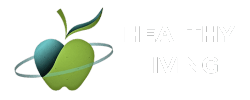Have you ever heard of Bart’s Diet? If you have, you may be wondering what it is, how it works, and whether it is effective or not. Bart’s Diet is a popular eating plan that was once recommended for people with stomach problems, such as diarrhea, vomiting, or nausea.
It consists of four foods: bananas, rice, applesauce, and toast. These foods are supposed to be easy to digest, bland, and low in fat and fiber, which can help soothe the digestive system and prevent further irritation. However, is Bart’s Diet really a good idea? Is it safe and healthy to follow?
What are the benefits and drawbacks of this diet? In this article, we will answer these questions and more, and provide you with a complete step-by-step guide on how to follow Bart’s Diet. Here are seven things you need to know about Bart’s Diet:
1. Bart Diet is no longer recommended by most health experts

Bart Diet may sound like a simple and effective way to deal with stomach issues, but it is actually not very beneficial. In fact, most health experts have stopped recommending this diet, as it has many drawbacks and risks. According to the [American Academy of Pediatrics],
Bart Diet is not nutritionally complete, and may cause nutritional deficiencies, especially in children. Bart’s Diet is also very restrictive, and may not provide enough calories, protein, fat, fiber, vitamins, minerals, and antioxidants for optimal health. Moreover, Bart’s Diet may not actually help with diarrhea, and may even prolong it, according to some [studies].
Bart Diet may also interfere with the normal functioning of the gut microbiome, which is the community of beneficial bacteria that live in the digestive tract and help with digestion, immunity, and metabolism. Therefore, Bart’s Diet is not a good option for anyone who wants to improve their digestive health and overall well-being.
2. Bart Diet may have some benefits for certain people and situations
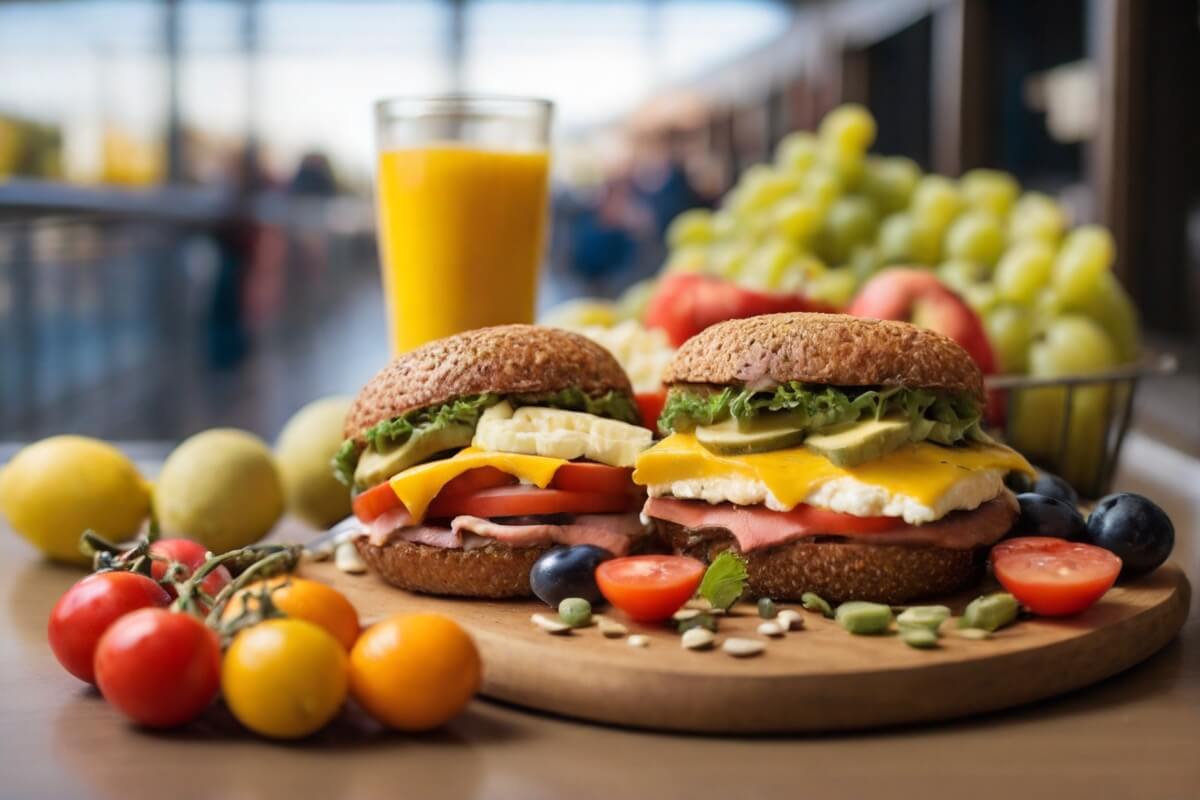
Despite its drawbacks, Bart’s Diet may still have some benefits for certain people and situations. For example, Bart Diet may be helpful for people who have severe food allergies or intolerances, and need to avoid certain foods that may trigger their symptoms.
Bart Diet may also be useful for people who have undergone surgery or radiation therapy, and need to eat soft and bland foods to avoid irritation and inflammation. Bart Diet may also be helpful for people who are experiencing severe nausea or vomiting, and cannot tolerate other foods.
Bart Diet may also be beneficial for people who are traveling to areas where food safety and hygiene are questionable, and want to avoid food poisoning or infections. Bart Diet may also be helpful for people who are recovering from alcohol or drug abuse, and need to restore their electrolyte balance and hydration. However, these benefits are only temporary, and Bart’s Diet should not be followed for more than a few days, as it may cause more harm than good in the long term.
3. Bart Diet should be modified to include more variety and nutrition
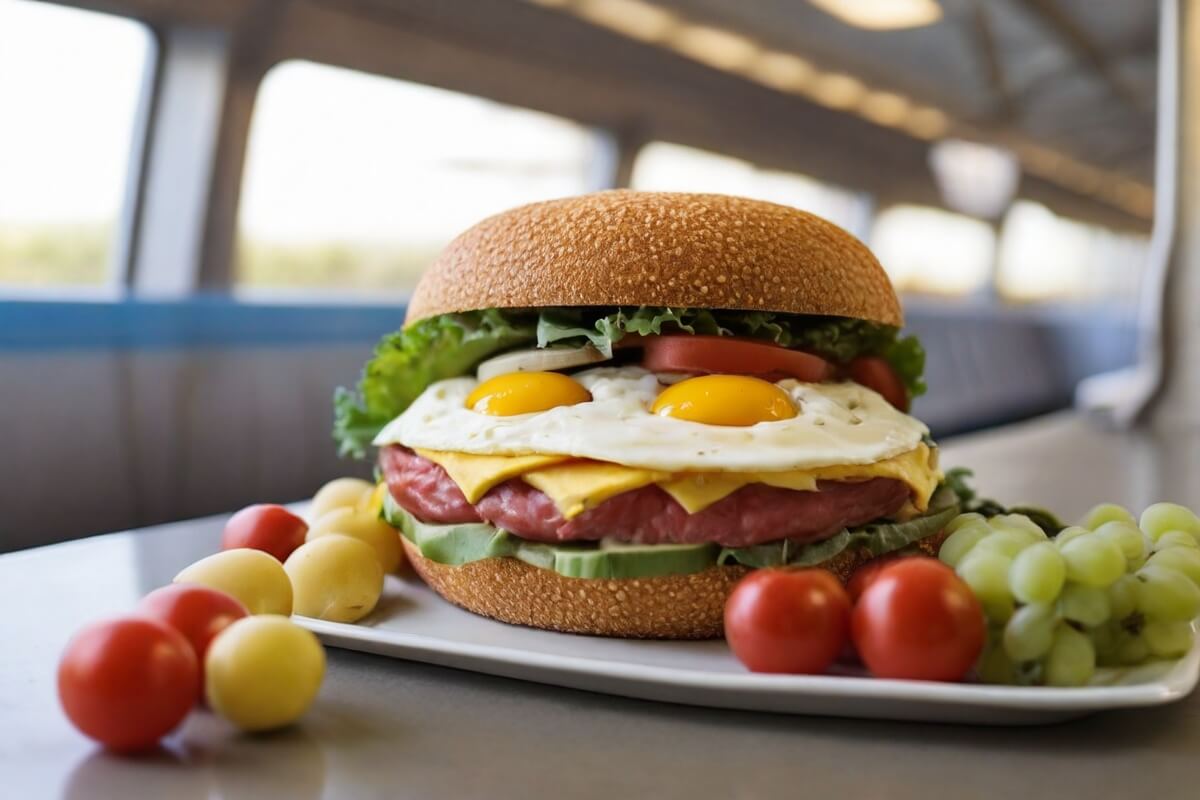
If you decide to follow Bart Diet for any reason, you should not stick to the four foods that it consists of. Instead, you should modify it to include more variety and nutrition, and make it more balanced and satisfying. For example, you can add some lean protein sources, such as chicken, turkey, eggs, fish, tofu, or yogurt, to your meals. Protein can help you feel full, repair your tissues, and support your immune system.
You can also add some healthy fats, such as olive oil, avocado, nuts, seeds, or peanut butter, to your meals. Fats can help you absorb fat-soluble vitamins, provide energy, and protect your organs. You can also add some high-fiber foods, such as fruits, vegetables, beans, lentils, or oatmeal, to your meals. Fiber can help you regulate your bowel movements, lower your cholesterol, and control your blood sugar.
You can also add some spices, herbs, or condiments, such as ginger, garlic, mint, basil, lemon, honey, or salt, to your meals. These can help you enhance the flavor, stimulate your appetite, and reduce inflammation. By modifying Bart’s Diet to include more variety and nutrition, you can make it more enjoyable and beneficial for your health.
4. Bart Diet should be accompanied by adequate hydration and electrolyte replacement
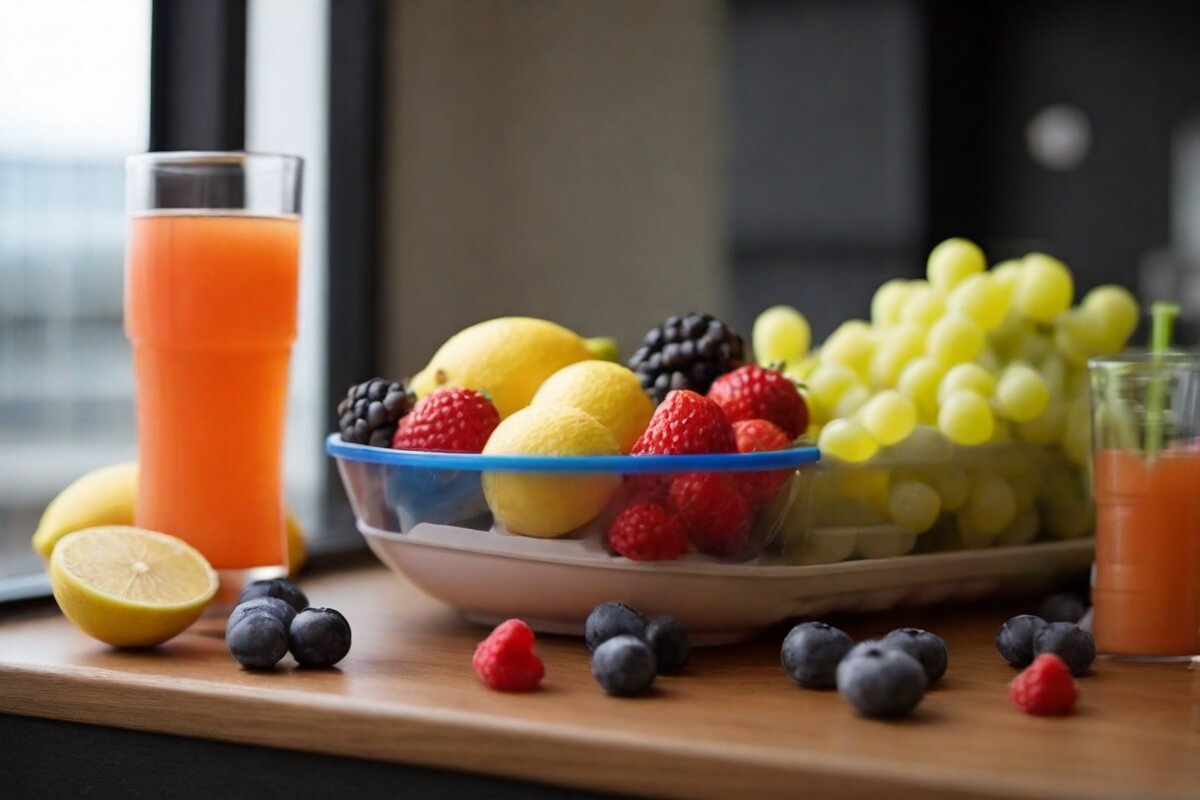
One of the most important things to do when following Bart’s Diet is to drink plenty of fluids and replace the electrolytes that you may lose due to diarrhea or vomiting. Fluids and electrolytes are essential for maintaining your hydration, blood pressure, heart rate, muscle function, and nerve function.
If you become dehydrated or have an electrolyte imbalance, you may experience symptoms such as thirst, dry mouth, fatigue, headache, dizziness, confusion, weakness, cramps, or seizures. To prevent these complications, you should drink at least eight glasses of water per day, and more if you are losing fluids through diarrhea or vomiting.
You should also drink some oral rehydration solutions, such as [Pedialyte], Gatorade, or homemade solutions, that contain water, sugar, and salt, to replenish your electrolytes and glucose. You should avoid drinks that may worsen your symptoms, such as alcohol, caffeine, carbonated beverages, or dairy products. By staying hydrated and replacing your electrolytes, you can help your body recover faster and prevent dehydration and salt imbalance.
5. Bart Diet should be followed by a gradual reintroduction of normal foods
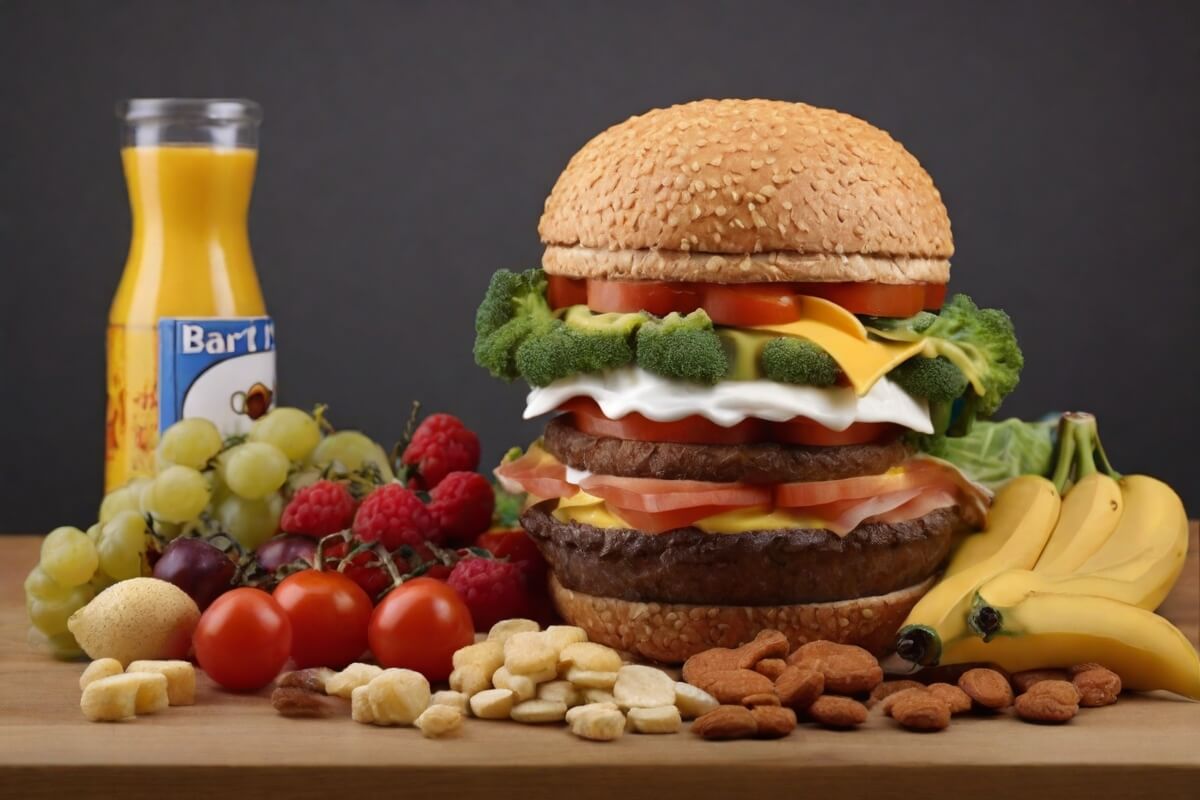
Another important thing to do when following Bart Diet is to gradually reintroduce normal foods to your diet, once your symptoms improve. You should not resume your regular diet right away, as this may shock your digestive system and cause your symptoms to return. Instead, you should start with small amounts of bland and easy-to-digest foods, such as crackers, pretzels, noodles, mashed potatoes, or cooked vegetables, and see how you tolerate them.
You should avoid foods that may irritate your stomach or intestines, such as spicy, greasy, fried, or acidic foods, or foods that may cause gas or bloating, such as beans, cabbage, broccoli, or dairy products. You should also avoid foods that may contain bacteria or parasites, such as raw or undercooked meat, eggs, seafood, or produce, or foods that may be contaminated, such as leftovers, street food, or tap water.
You should increase the amount and variety of foods that you eat gradually, until you can resume your normal diet. By reintroducing normal foods slowly and carefully, you can help your digestive system adjust and prevent any relapse of your symptoms.
6. Bart Diet is not a weight loss diet

Some people may think that Bart Diet is a good way to lose weight, as it is low in calories, fat, and protein, and may cause diarrhea or vomiting, which may reduce the amount of food and nutrients that are absorbed by the body.
However, this is a very dangerous and unhealthy way to lose weight, as it may cause many negative consequences for your health. For example, following Bart Diet for weight loss may lead to malnutrition, dehydration, electrolyte imbalance, muscle loss, organ damage, metabolic slowdown, hormonal imbalance, immune suppression, and increased risk of infections and diseases.
Moreover, following Bart Diet for weight loss may not be effective in the long run, as it may cause your body to go into starvation mode, which may lower your metabolism and increase your appetite, making you more likely to regain the weight that you lost, or even more, once you stop the diet. Therefore, Bart’s Diet is not a weight loss diet, and should not be used for this purpose.
7. Bart Diet is not a substitute for medical advice and treatment

Finally, Bart Diet is not a substitute for medical advice and treatment, and should not be followed without consulting your doctor first. Bart Diet may not be suitable or safe for everyone, and may interact with certain medications or medical conditions that you may have. Bart Diet may also not address the underlying cause of your stomach problems, which may be due to an infection, inflammation, allergy, intolerance, or disease, and may require proper diagnosis and treatment. Therefore, you should always seek medical attention if you have any of the following signs or symptoms:
- Blood or mucus in your stool or vomit
- Severe or persistent diarrhea or vomiting that lasts more than three days
- Severe or persistent abdominal pain or cramps
- Fever, chills, or signs of infection
- Dehydration, such as dry mouth, thirst, sunken eyes, or dark urine
- Electrolyte imbalance, such as weakness, confusion, or seizures
- Weight loss, malnutrition, or anemia
- Any other unusual or concerning symptoms
By seeking medical advice and treatment, you can ensure that you receive the best care and treatment for your condition, and avoid any complications or worsening of your symptoms.
Conclusion
Bart Diet is an eating plan that consists of bananas, rice, applesauce, and toast, and was once recommended for people with stomach problems, such as diarrhea, vomiting, or nausea. However, Bart Diet is no longer recommended by most health experts, as it has many drawbacks and risks for your health.
Bart Diet may only have some benefits for certain people and situations, and should be modified to include more variety and nutrition, accompanied by adequate hydration and electrolyte replacement, followed by a gradual reintroduction of normal foods, and not used for weight loss or as a substitute for medical advice and treatment. In this article, we have provided you with a complete step-by-step guide on how to follow Bart Diet, and what you need to know about it. We hope you found this article helpful and informative. If you have any questions, comments, or suggestions, please feel free to leave them below. We would love to hear from you. Thank you for reading!
We hope this article has been useful and informative for you. Leave your comment below and follow us on facebook and pinterest for more tips
In addition to the Bart Diet here on this blog we have several diets and you just have to choose the one that best suits your lifestyle I’m going to recommend the Met Flex Diet a complete guide
